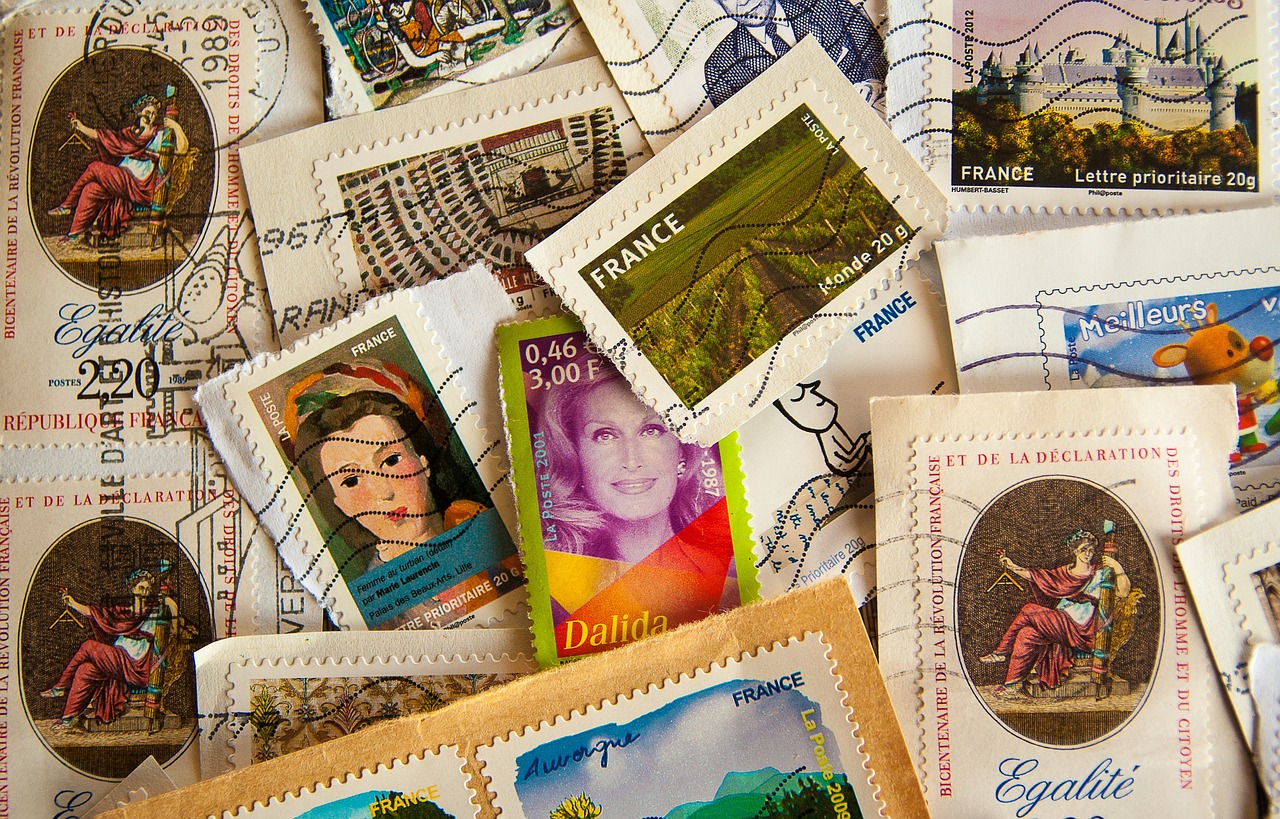Collections have always been a profound expression of human curiosity and the desire to preserve memories, knowledge, and beauty. Across various cultures, different types of collections hold unique significance, reflecting the values, history, and artistic inclinations of the people. Whether it is the meticulous preservation of ancient artifacts, the amassing of rare books, or the gathering of everyday objects, each collection tells a story about the society from which it originates.
The Cultural Importance of Diverse Collections
In every culture, collections serve as a window into the past, offering insights into the daily lives, beliefs, and priorities of people. Collections of ancient artifacts, for instance, help historians and archaeologists piece together the puzzle of human history. These artifacts, ranging from pottery shards to intricate jewelry, provide tangible links to bygone eras, enabling a deeper understanding of historical events and cultural practices.
Books, manuscripts, and other literary collections are also of immense cultural value. Libraries and personal book collections reflect the intellectual pursuits and literary tastes of a culture. Rare manuscripts and first editions are particularly treasured, often housed in special collections within libraries or museums. These collections not only preserve the literary heritage but also ensure that future generations have access to the wealth of knowledge and creativity from the past.

Art and Aesthetics
Art collections, encompassing everything from classical paintings to modern sculptures, highlight the aesthetic values and artistic achievements of a culture. Museums and galleries across the world are custodians of such collections, providing public access to masterpieces that span centuries. These collections allow art enthusiasts and researchers to explore the evolution of artistic styles, techniques, and themes.
In many cultures, the collection of art is not just limited to traditional forms but also includes contemporary and folk art. Contemporary art collections reflect current societal issues, political climates, and individual expressions. Folk art collections, on the other hand, preserve the rich traditions and unique artistic expressions of various communities, often passed down through generations.
Everyday Objects and Their Stories
Collections of everyday objects, such as stamps, coins, and postcards, might seem mundane but hold significant cultural value. These items provide insights into the daily lives and interests of people across different periods. For instance, a collection of stamps can reveal much about a country’s history, politics, and achievements, as well as its international relations.
Similarly, collections of coins are invaluable for numismatists and historians. Coins carry symbols, inscriptions, and dates that help in understanding economic history, trade, and political changes. Postcards, with their images and personal messages, offer glimpses into the social history and popular culture of their time.
- Ancient artifacts: pottery, jewelry, tools
- Books and manuscripts: rare editions, literary collections
- Art: classical paintings, modern sculptures, folk art
- Everyday objects: stamps, coins, postcards
Preservation and Education
The role of collections in education cannot be overstated. Museums, libraries, and cultural institutions use their collections to educate the public about various aspects of human knowledge and achievement. Through exhibitions, lectures, and interactive programs, these institutions bring collections to life, making them accessible and engaging for all age groups.
Preservation is another critical aspect of maintaining collections. Conservation efforts ensure that valuable items are protected from deterioration and damage. This involves meticulous care and often advanced techniques to restore and maintain the integrity of artifacts, books, and artworks. By preserving these collections, cultural institutions safeguard the legacy of past generations for the benefit of future ones.
The Role of Technology in Collections
Technology has revolutionized the way collections are managed, preserved, and accessed. Digital collections and online archives have made it possible for people around the world to explore and learn from collections that were once accessible only to a privileged few. Virtual museums and libraries offer immersive experiences, bringing collections into homes and classrooms through the internet.
Technological advancements in conservation techniques have also greatly enhanced the ability to preserve delicate items. From digital restoration of old manuscripts to 3D scanning of artifacts, technology plays a pivotal role in the ongoing efforts to maintain and share cultural heritage.
The Living Heritage
Collections are not static; they continue to grow and evolve, reflecting the dynamic nature of culture itself. New items are added, old items are reinterpreted, and collections are continuously re-evaluated in light of new discoveries and perspectives. This living heritage ensures that collections remain relevant and continue to inspire curiosity and learning.
By exploring and appreciating various collections, people can gain a deeper understanding of different cultures and their contributions to the world. Each collection, with its unique story and significance, serves as a testament to the enduring human spirit and its quest for knowledge, beauty, and connection.
